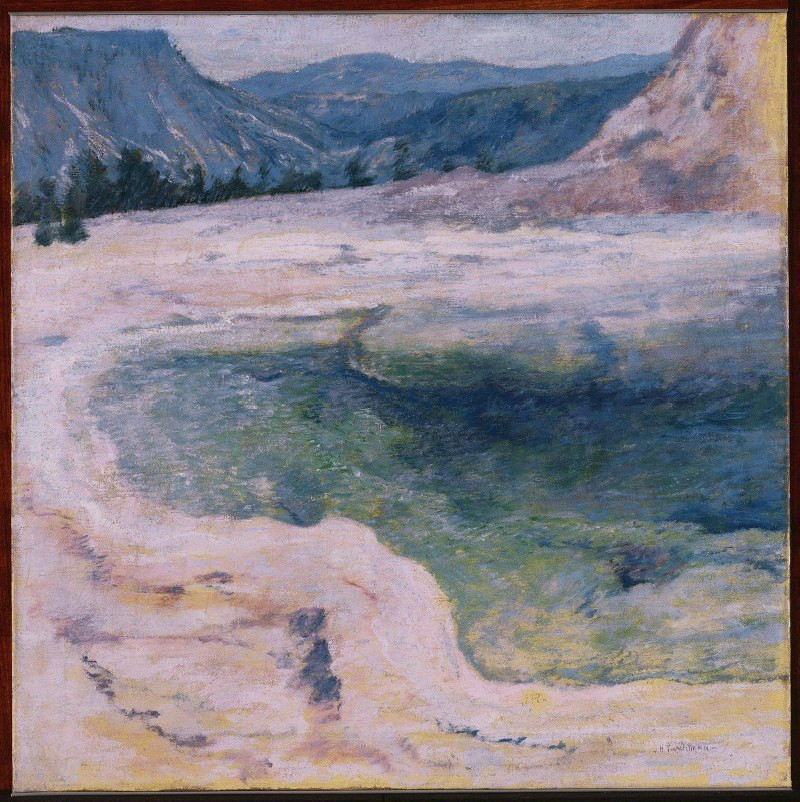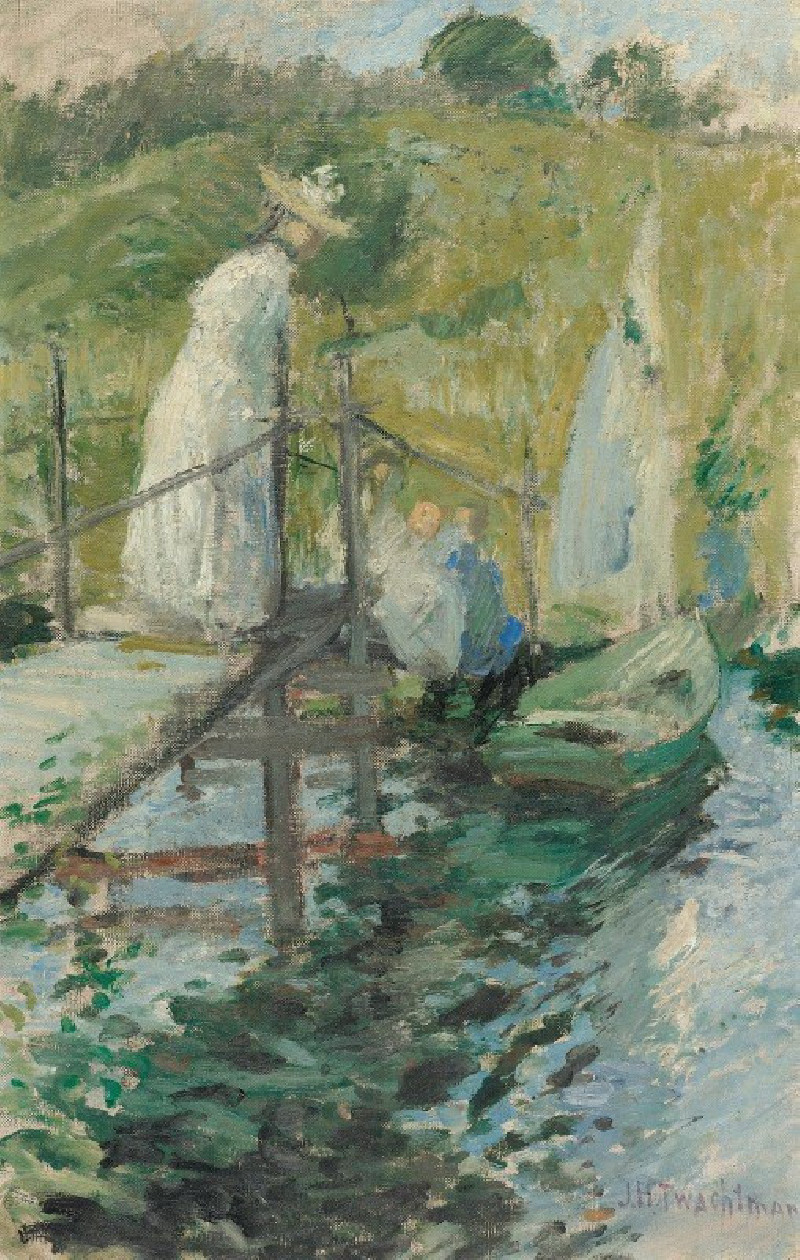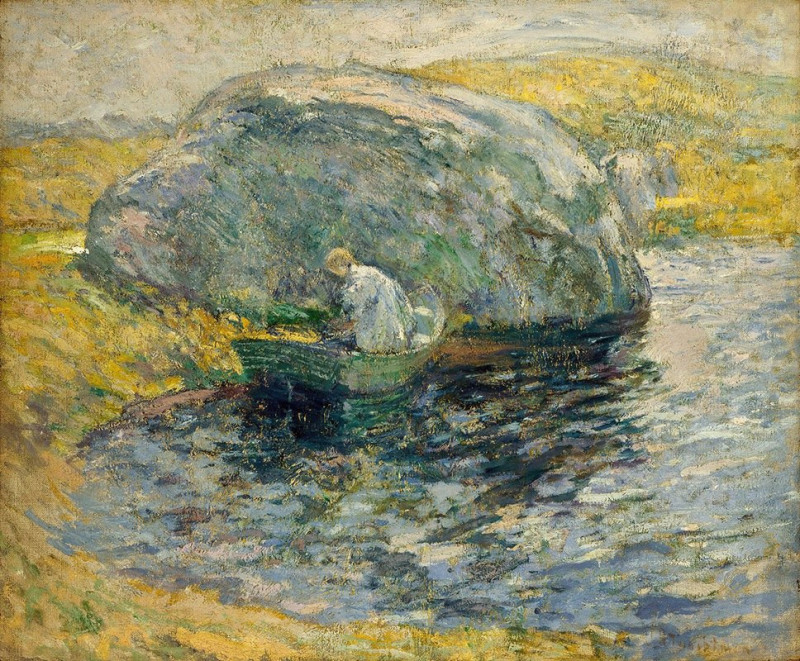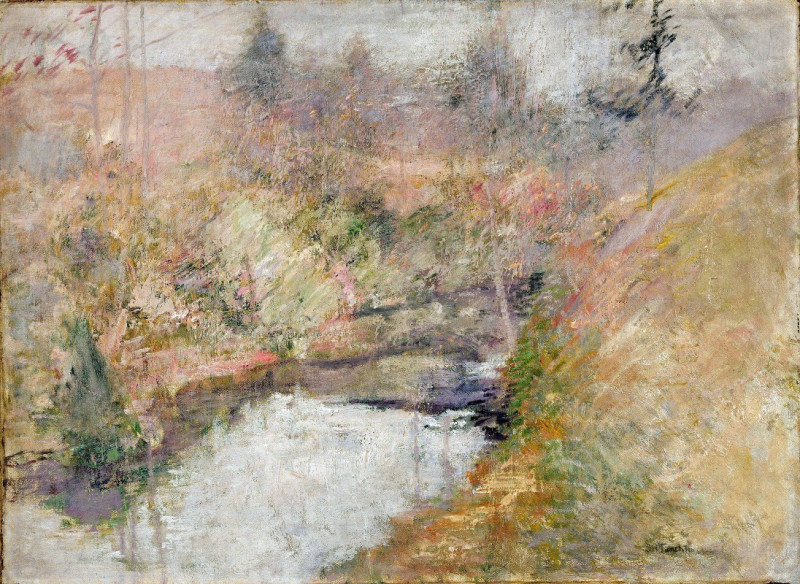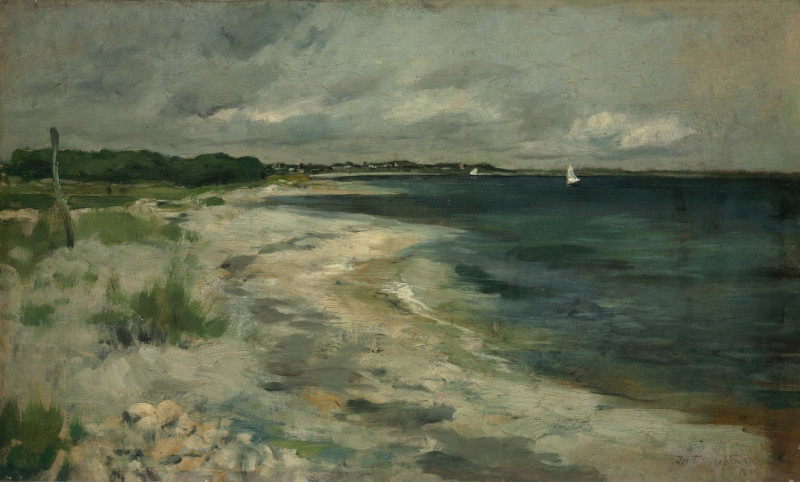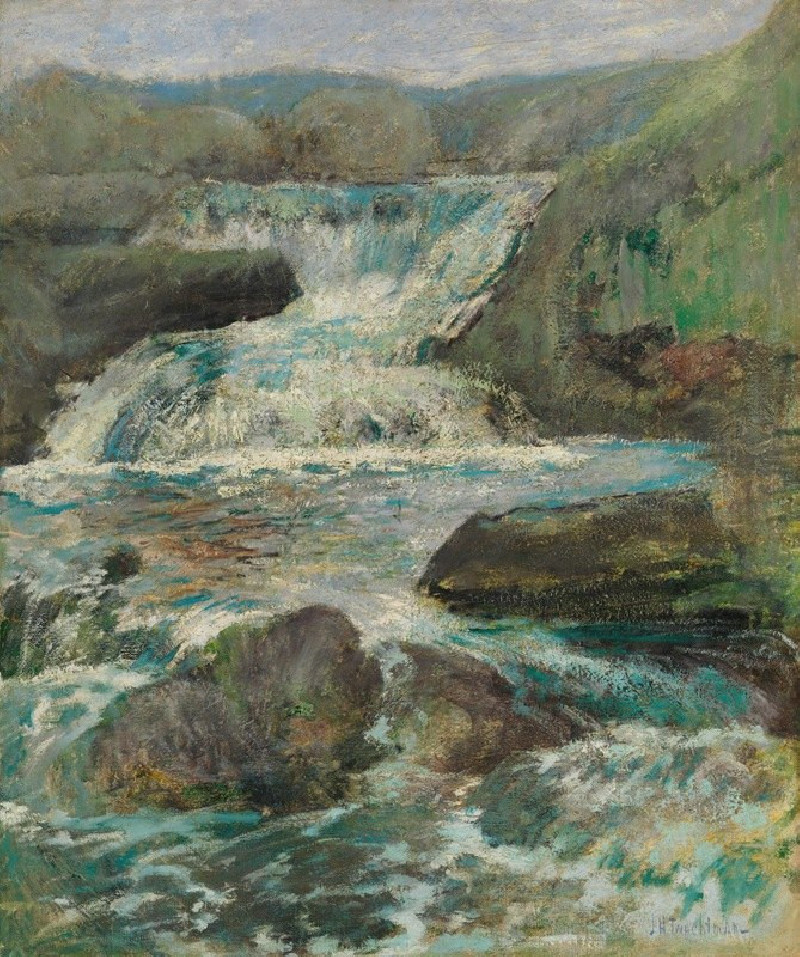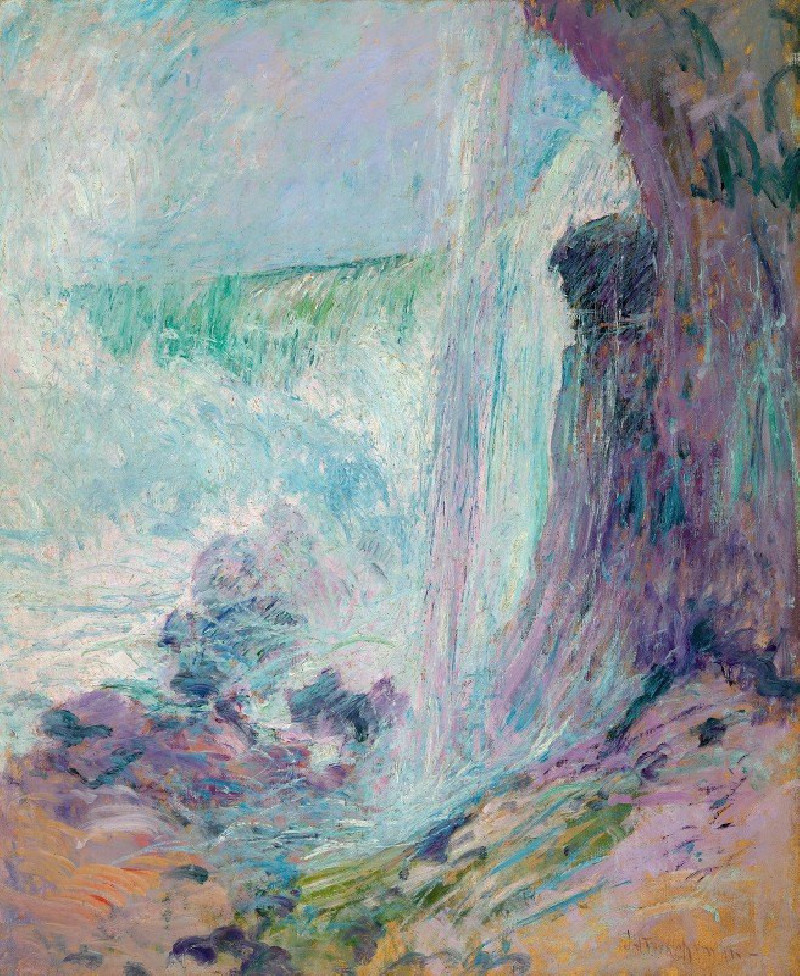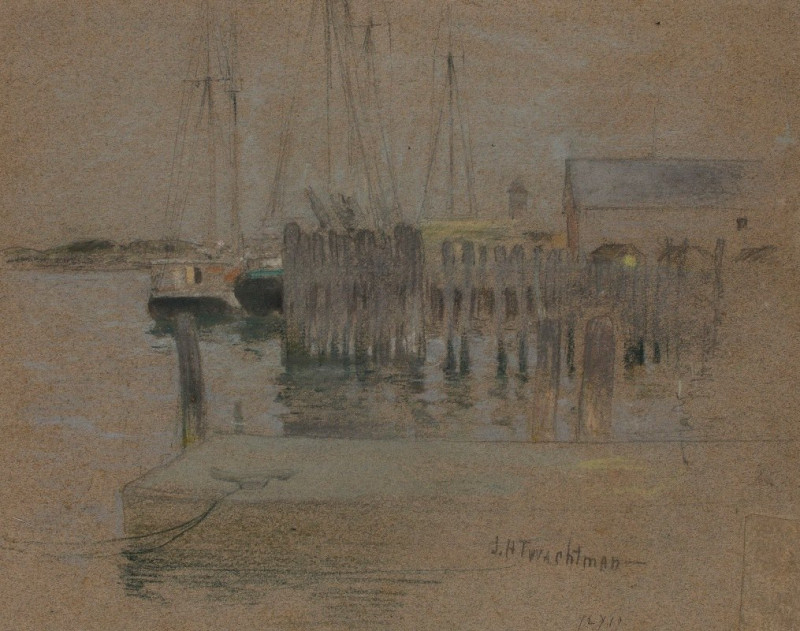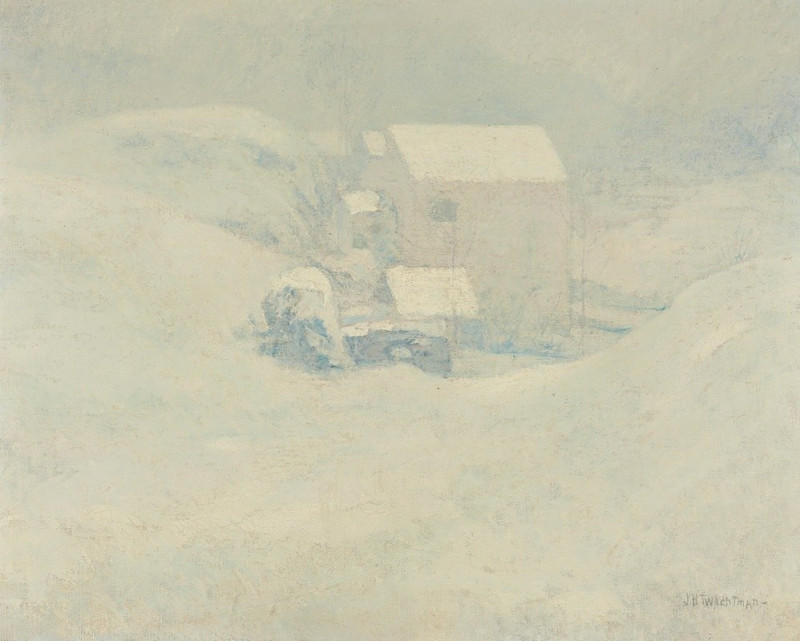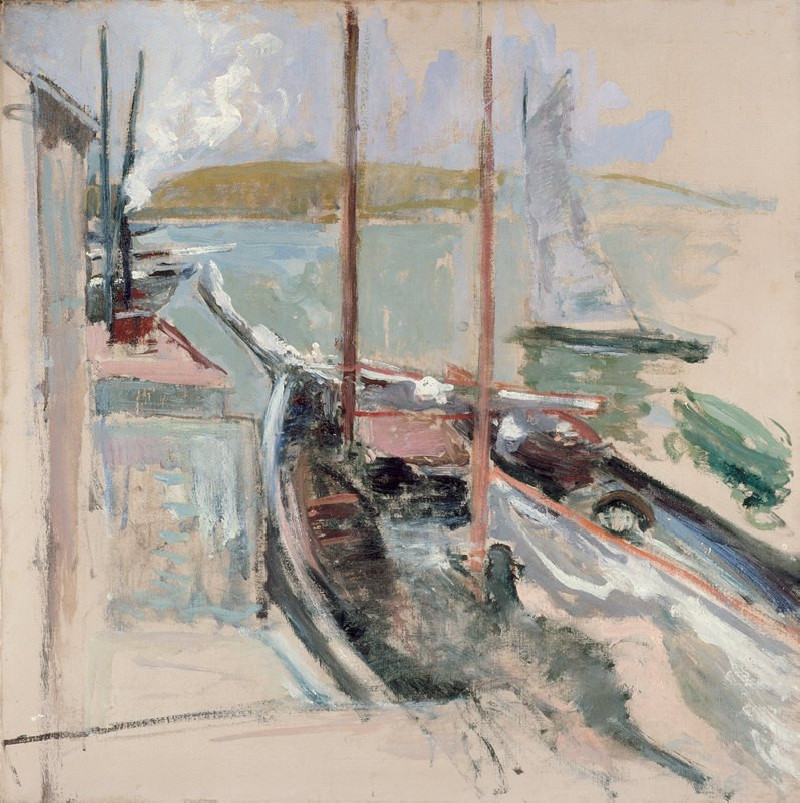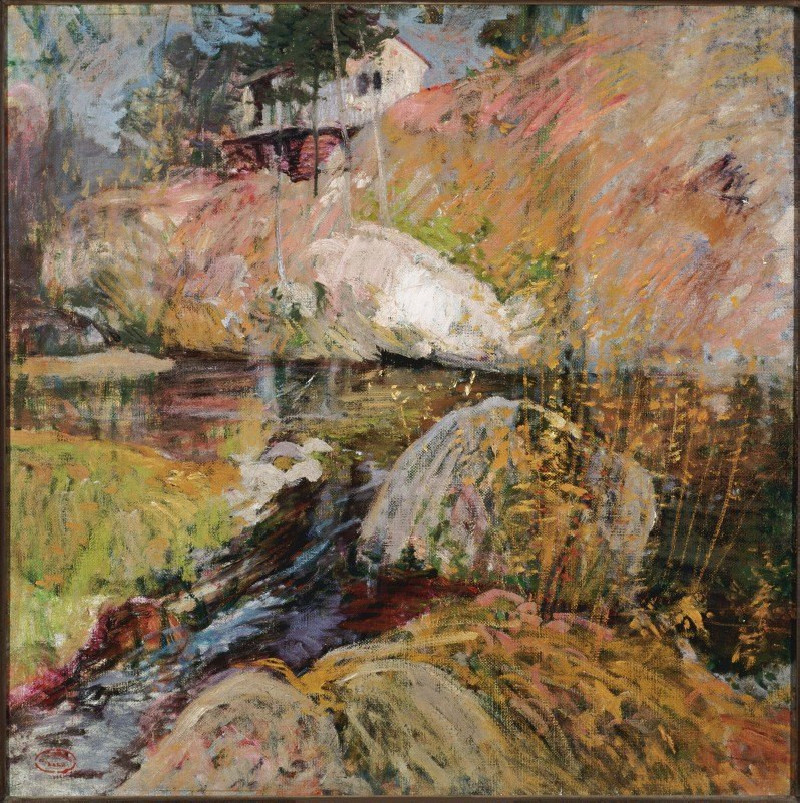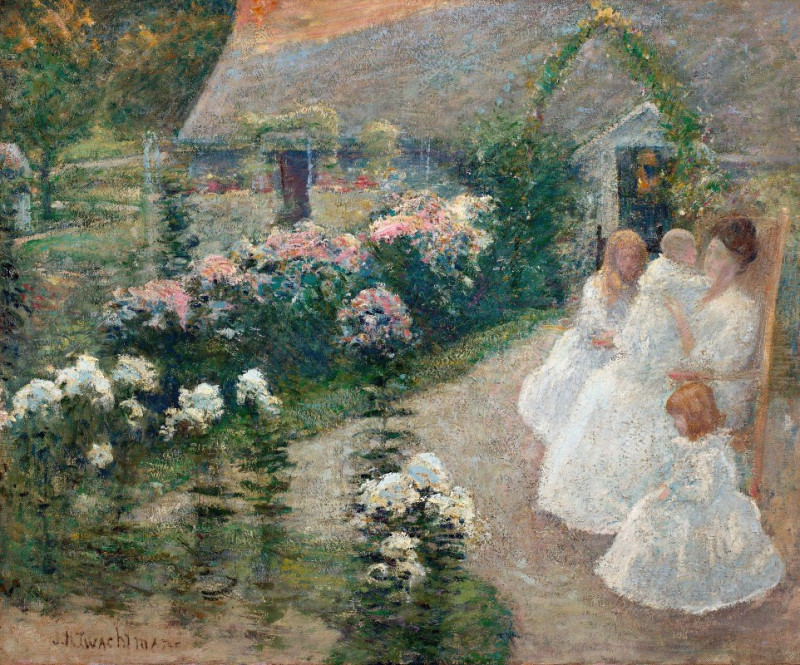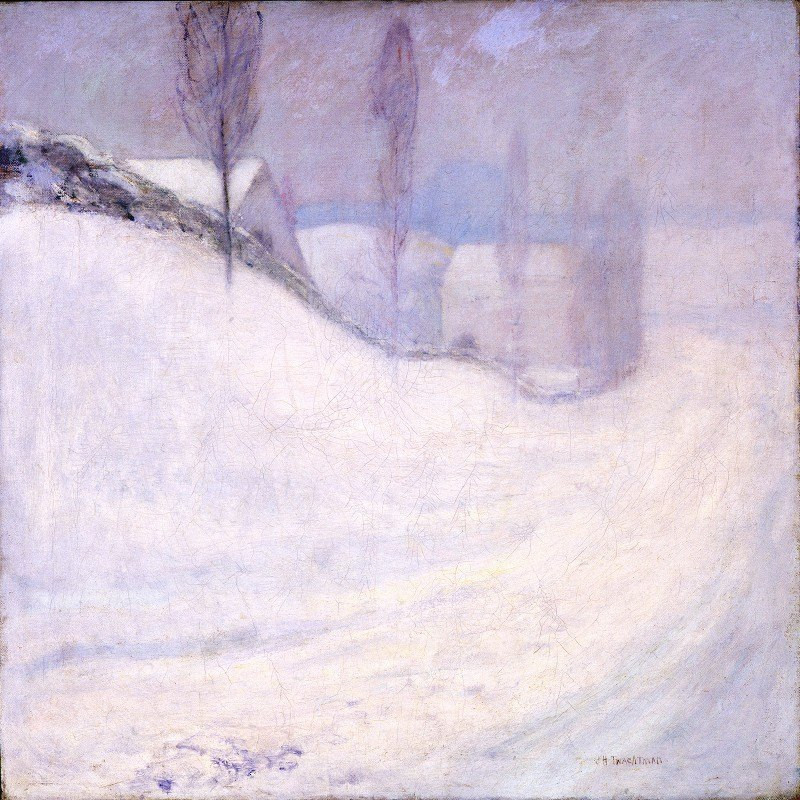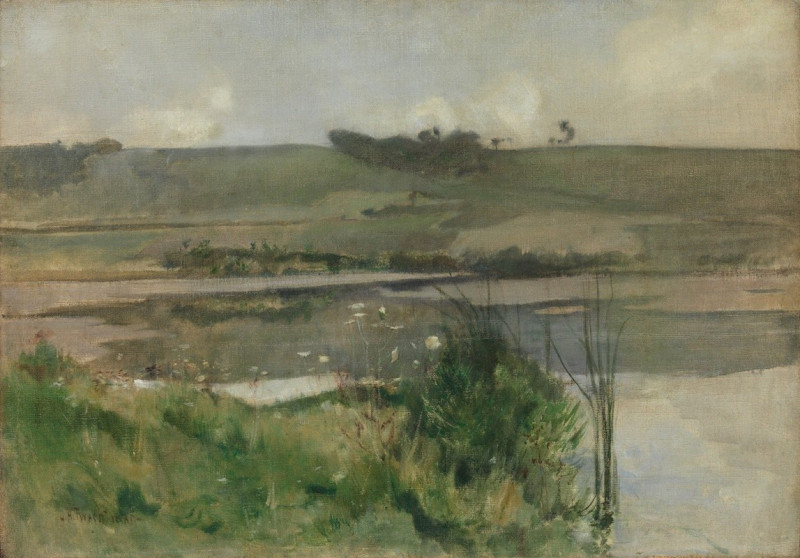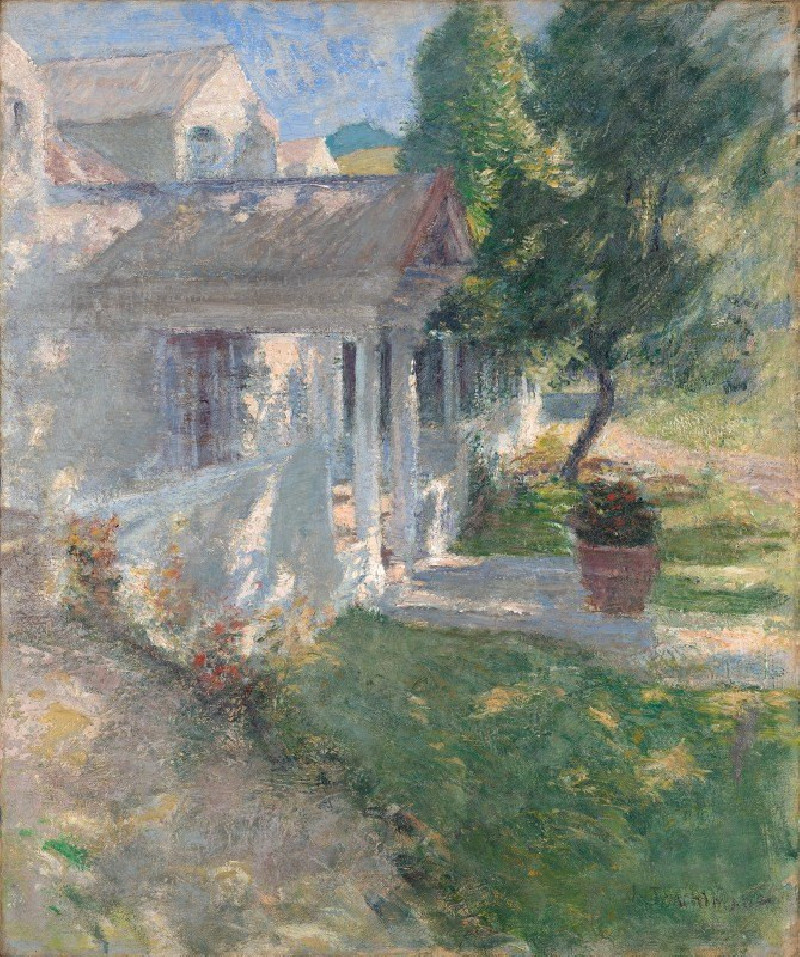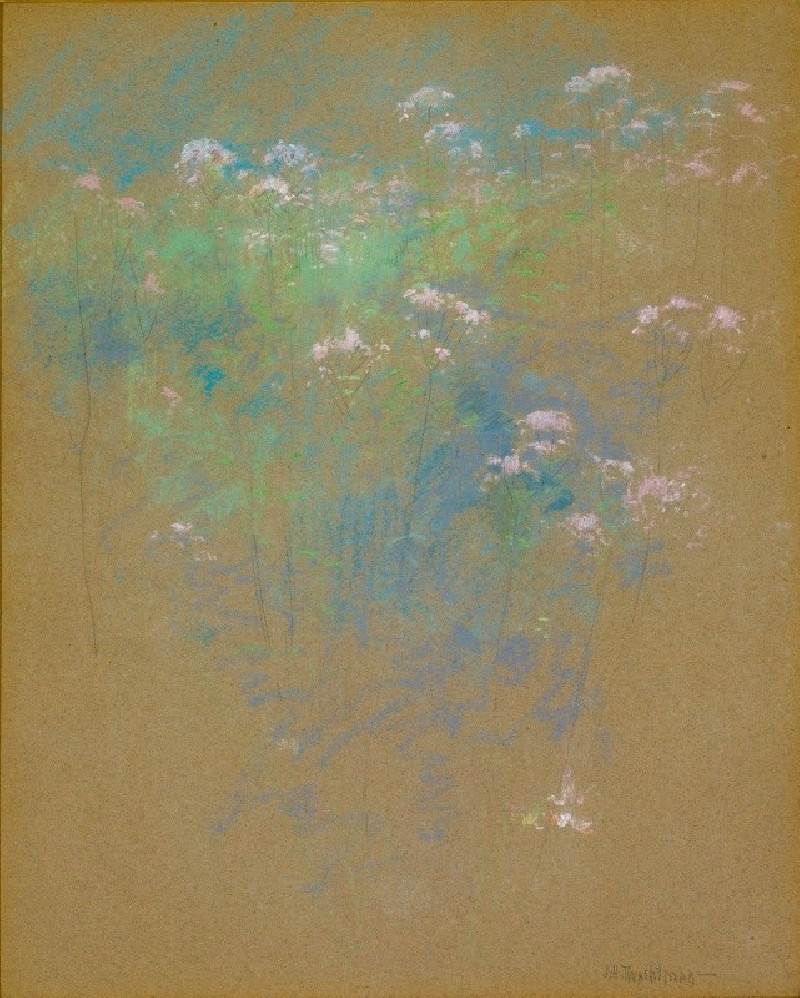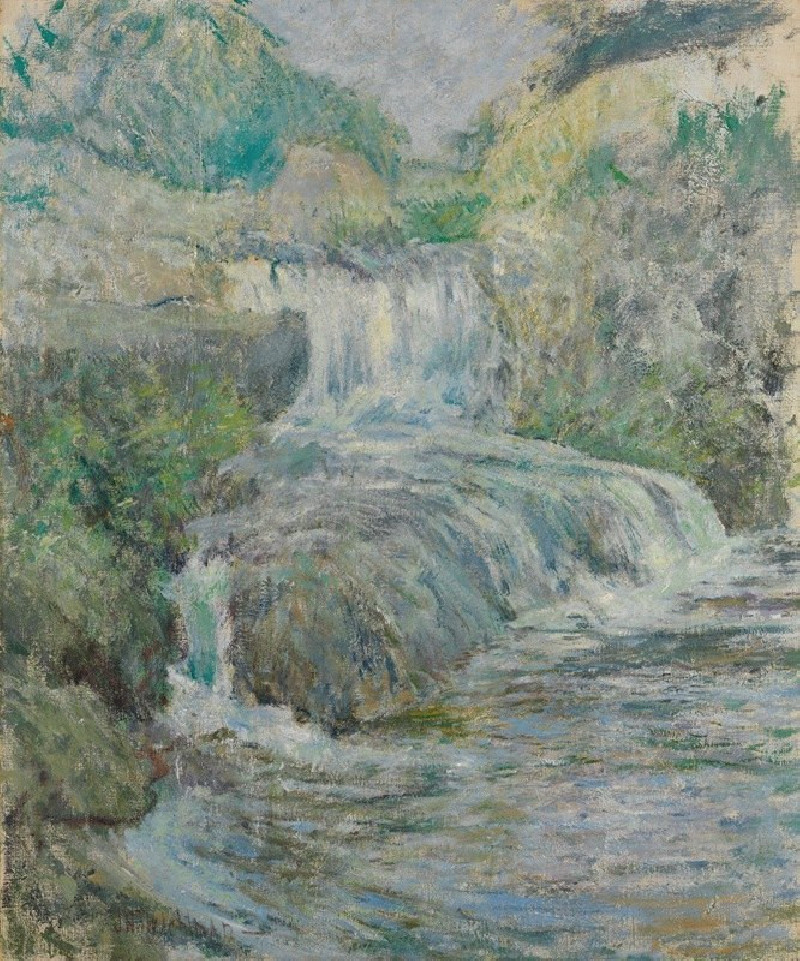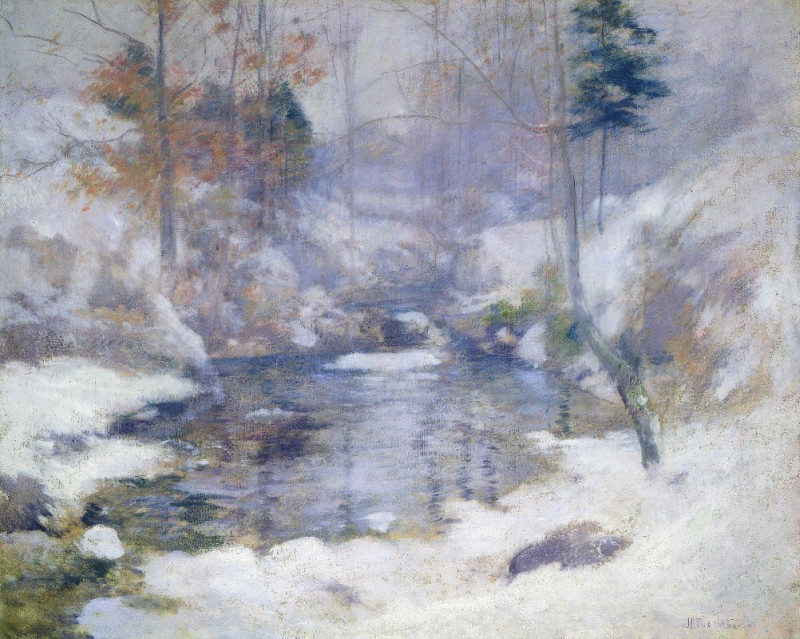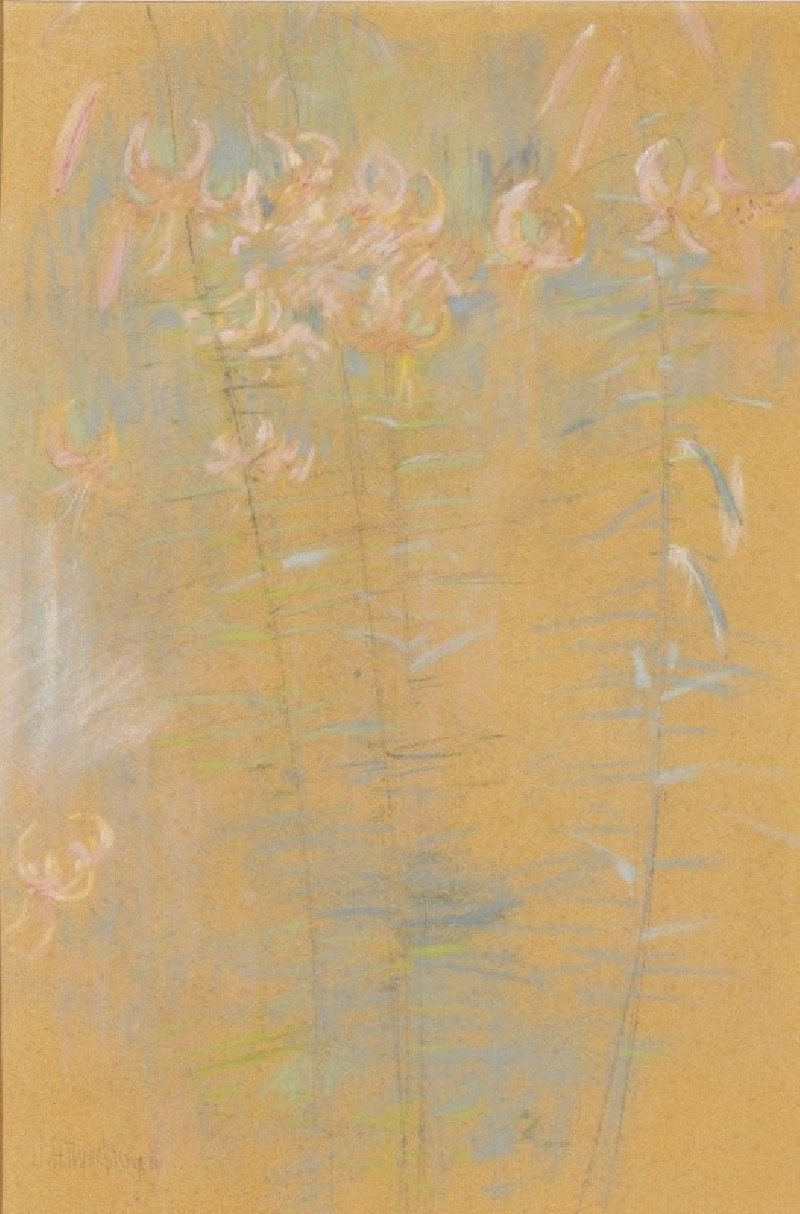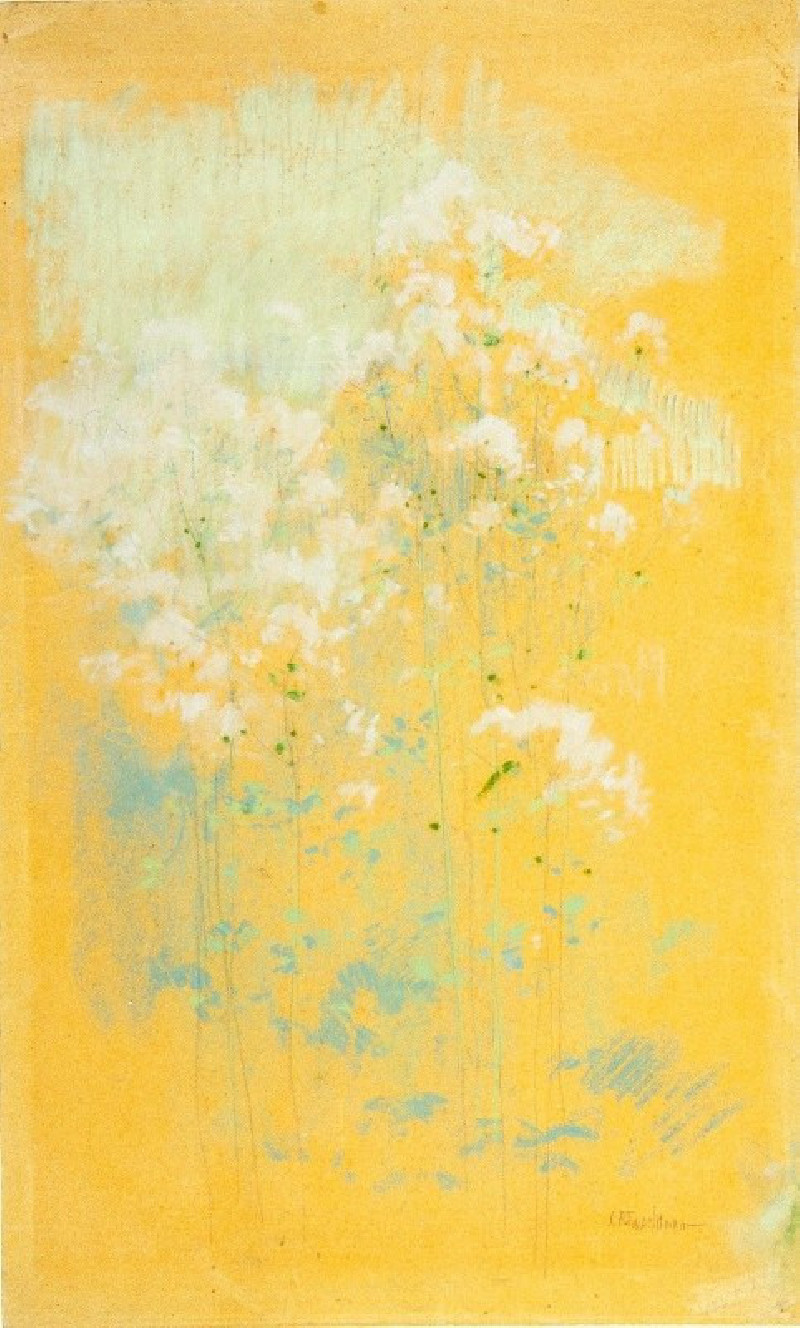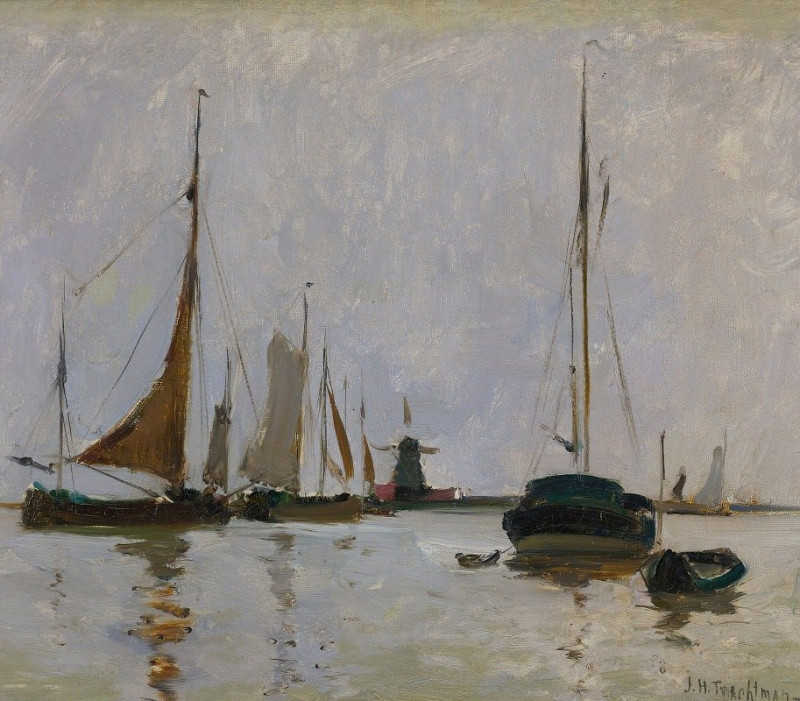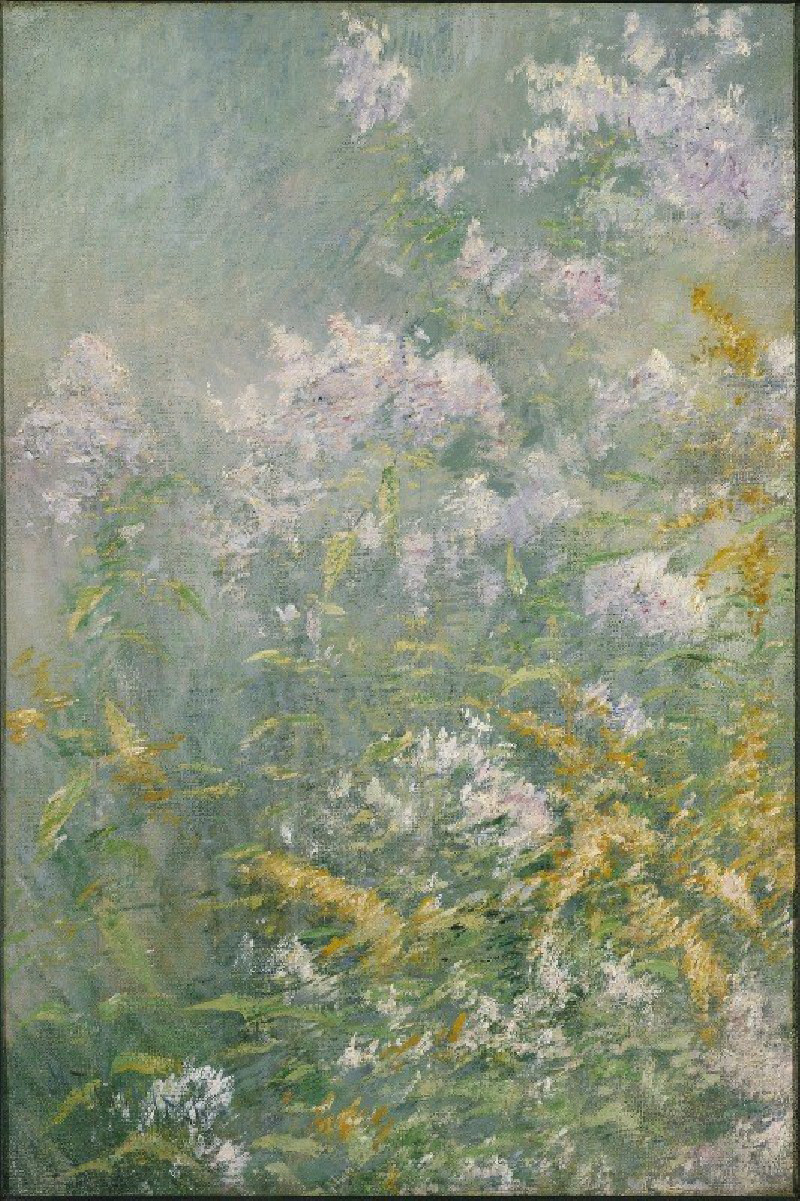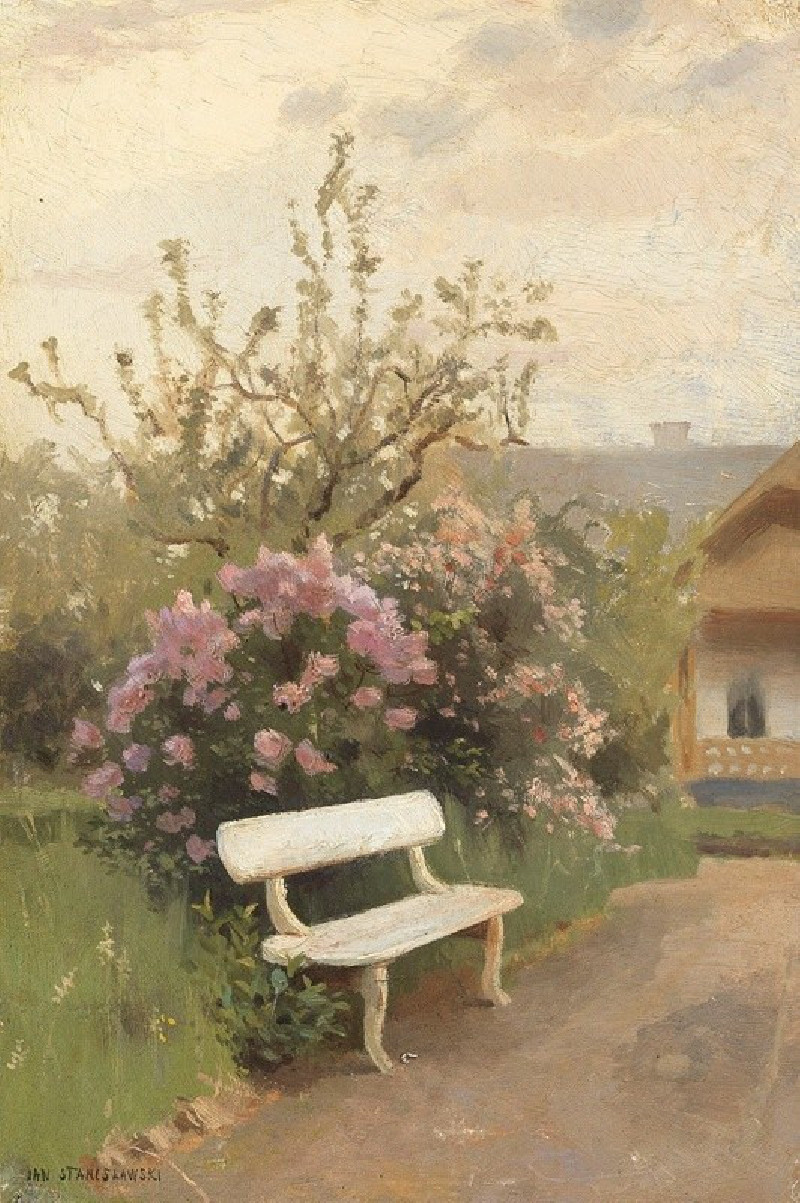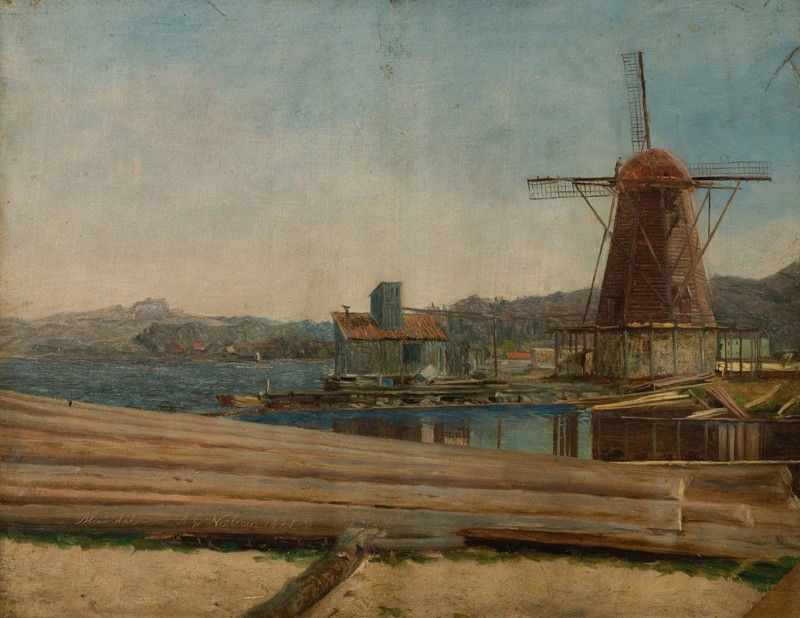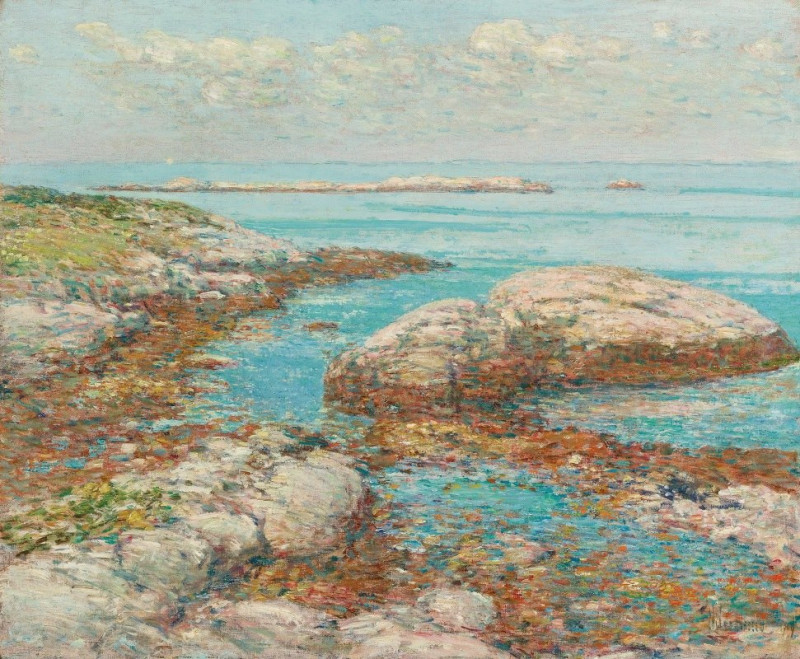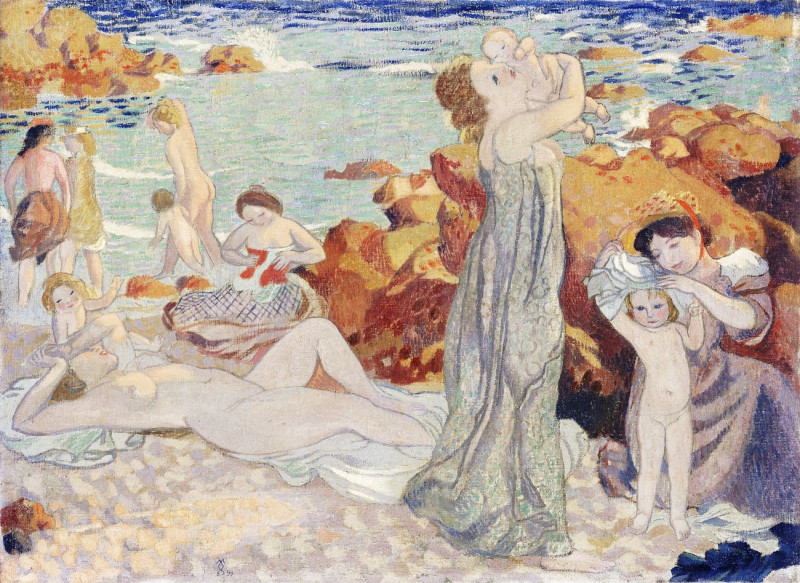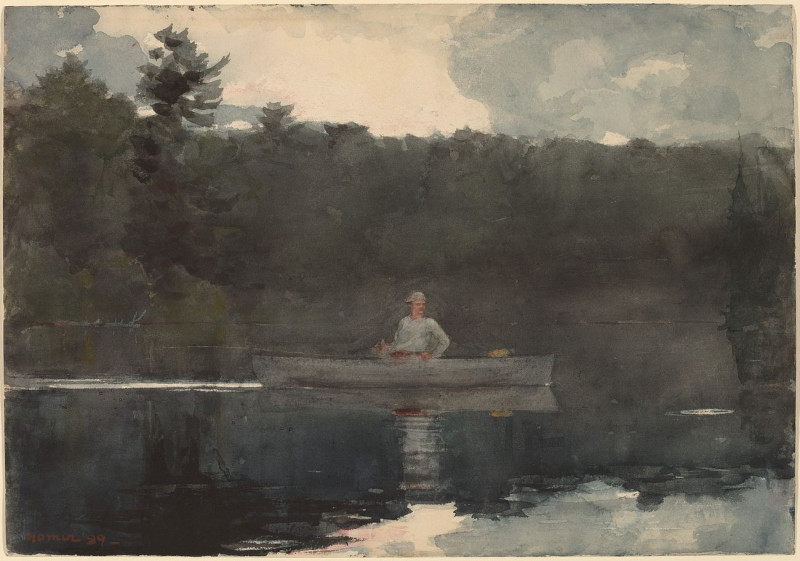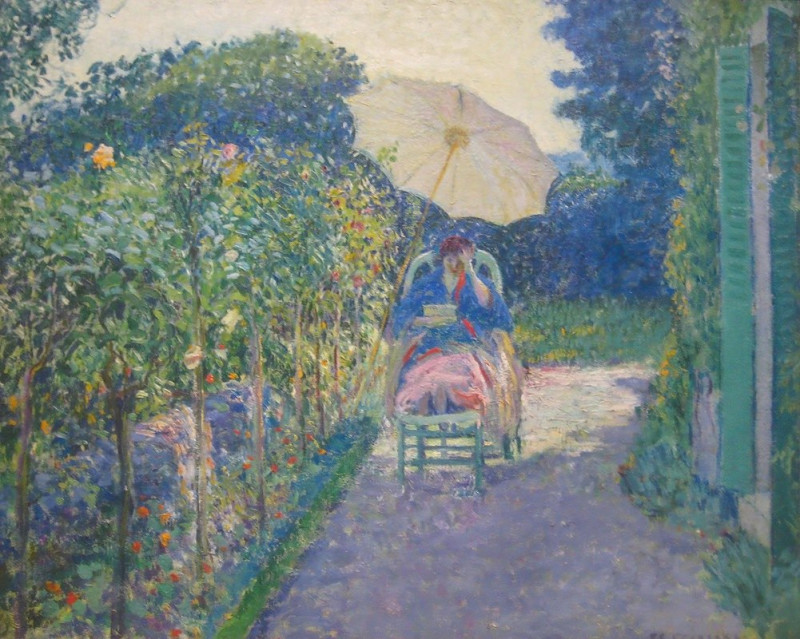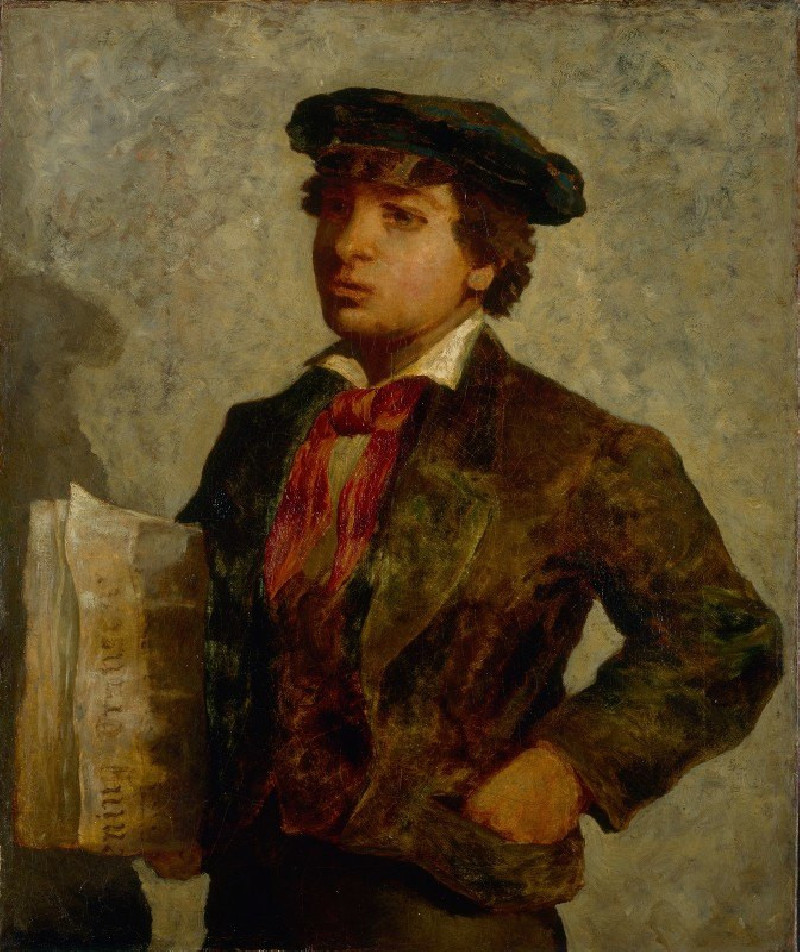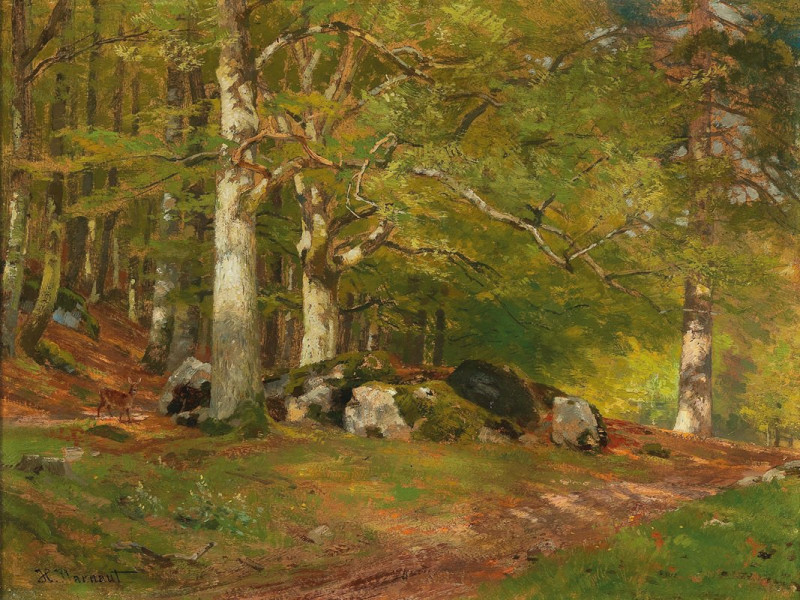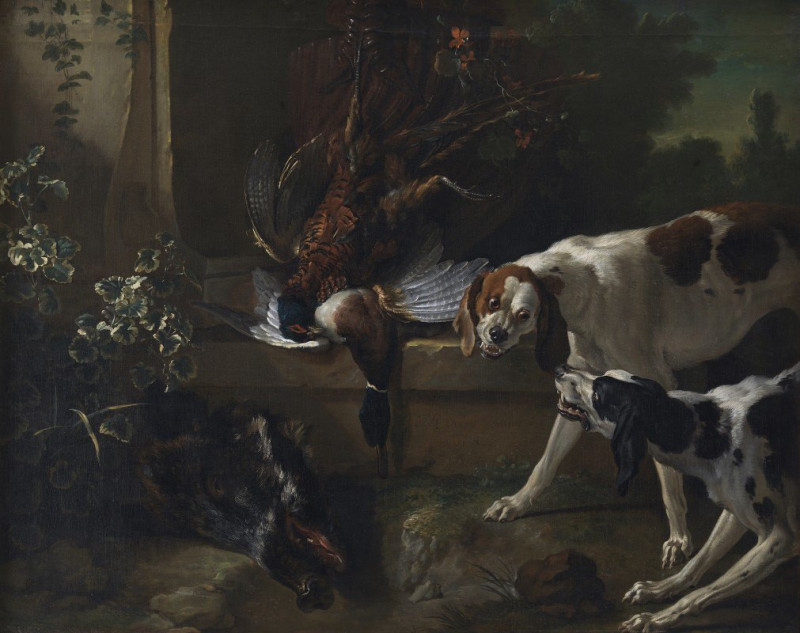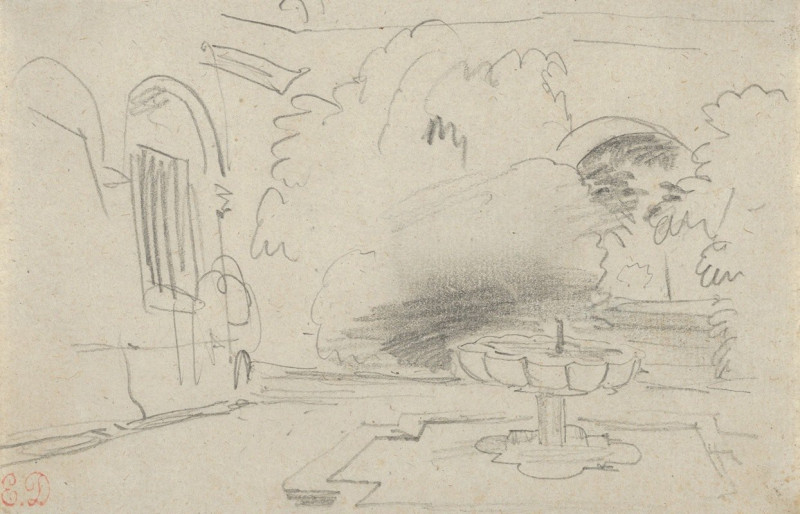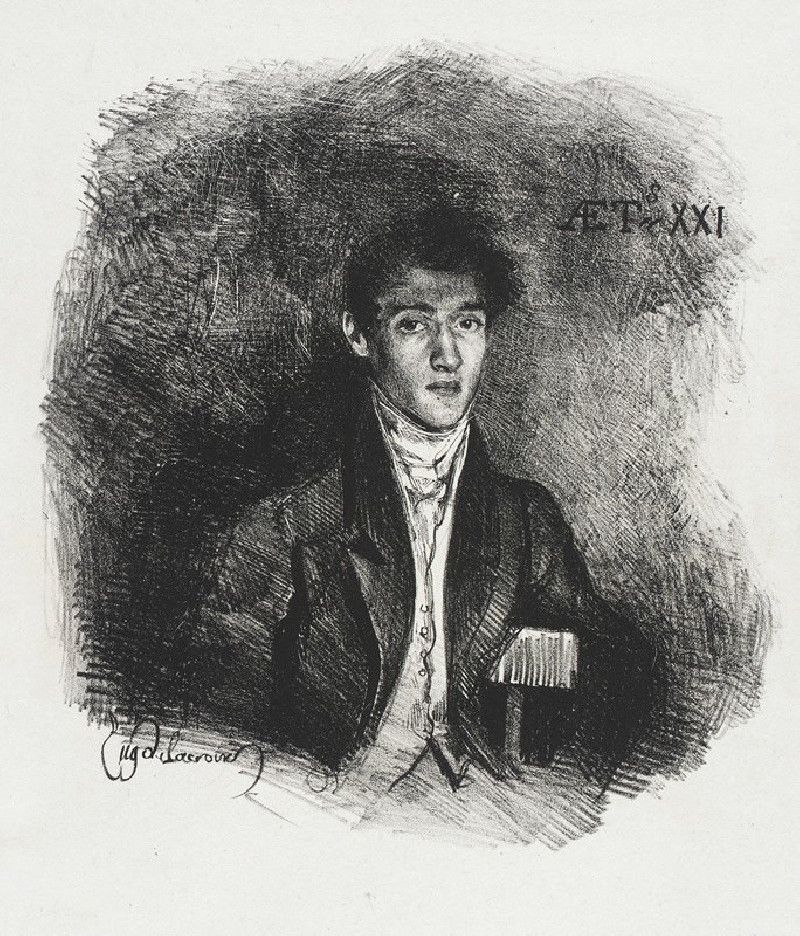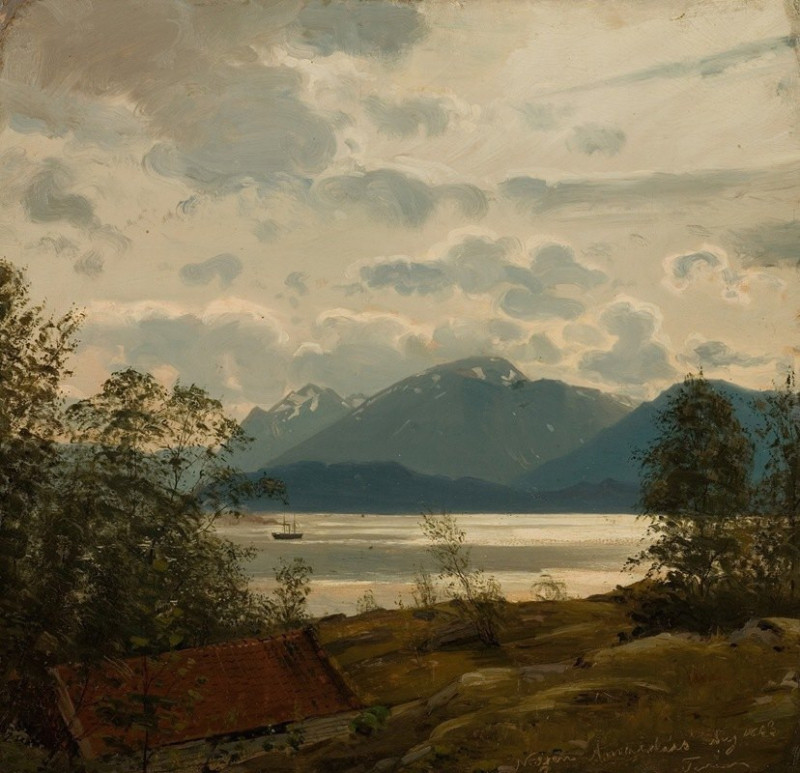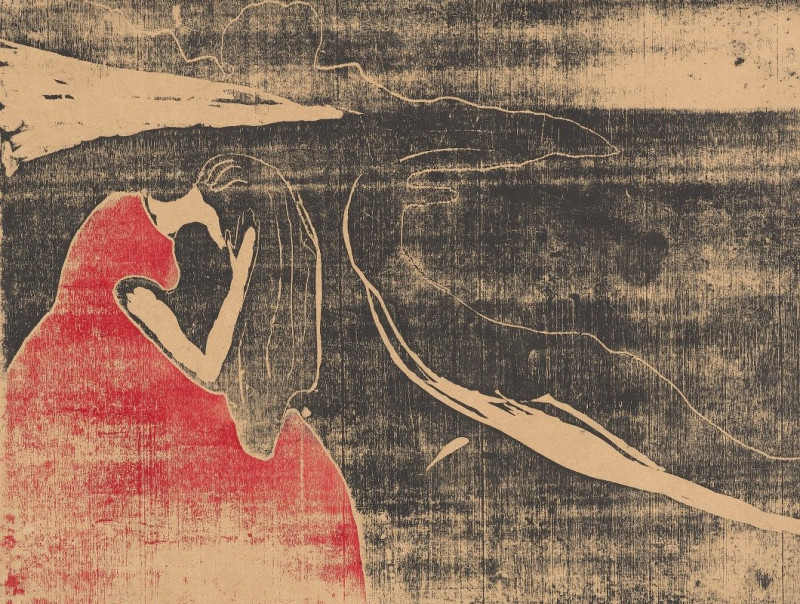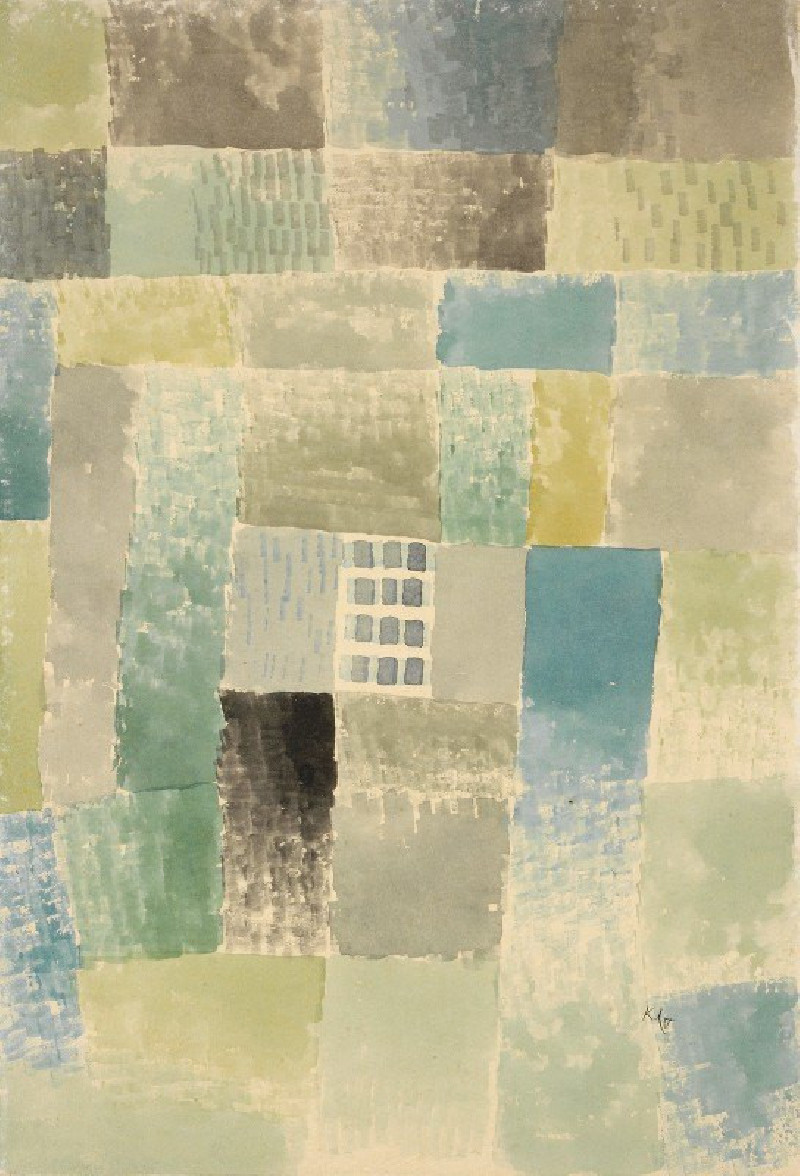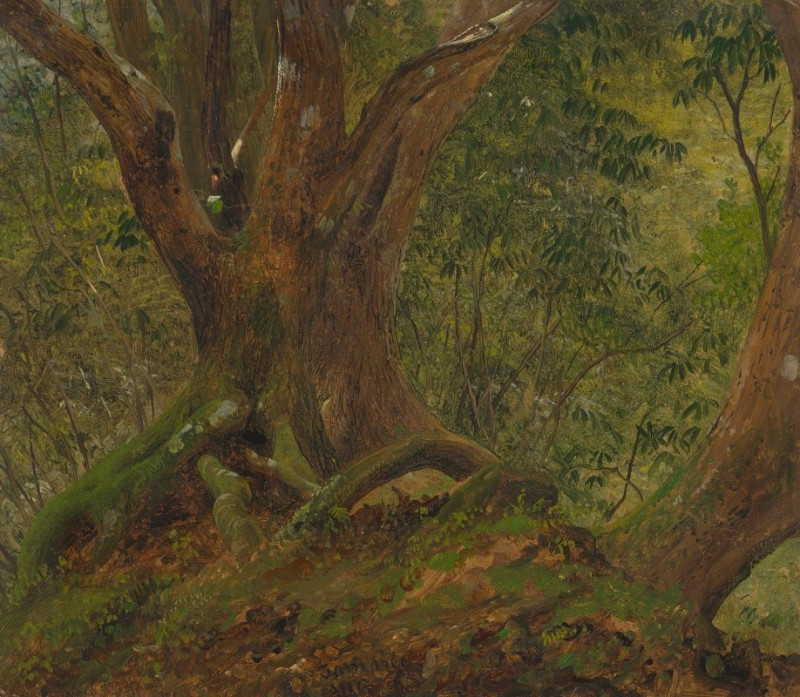The Rainbow’s Source (c.1890–1900)
Technique: Giclée quality print
Recommended by our customers
More about this artwork
Nestled in our collection is the mesmerizing painting "The Rainbow’s Source" by the eminent American impressionist John Henry Twachtman. Created between 1890 and 1900, this artwork is a testament to Twachtman's innovative approach to landscape painting, characterized by a personal and intimate interpretation of nature's moods."The Rainbow’s Source" captivates with its soft, muted palette and skilled brushwork that evokes a serene yet dynamic environment. The composition centers around a vibrant, flowing stream that cuts a winding path through a rocky terrain. The grey and white hues of the water contrast strikingly with the muted greens and browns of the surrounding landscape, suggesting the lively movement of the water against the stillness of the earth.A singular, tall tree stands prominently on the left, its slender form echoed in the vertical strokes of the paint, suggesting both movement and growth amid the tranquility of the surrounding landscape. In the background, the suggestion of a waterfall adds a sense of depth and the continual cycle of nature’s rhythms.Twachtman's technique of blurring the lines between objects gives the scene a dream-like quality, encouraging the viewer to pause and reflect on the natural world's ephemeral beauty. It is as if we are glimpsing a moment of sublime tranquility that is both part of the external world and a creation of the artist’s inner feelings.Enjoy the quiet contemplation and the subtle interplay of color and light in "The Rainbow’s Source", a painting that not only showcases Twachtman’s mastery of impressionism but also his unique ability to capture the soul of the American landscape in the late 19th century.
Delivery
Returns
John Henry Twachtman was an American painter best known for his impressionist landscapes, though his painting style varied widely through his career. Art historians consider Twachtman's style of American Impressionism to be among the more personal and experimental of his generation. He was a member of "The Ten", a loosely allied group of American artists dissatisfied with professional art organizations, who banded together in 1898 to exhibit their works as a stylistically unified group.


